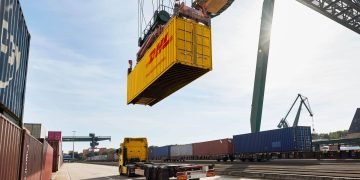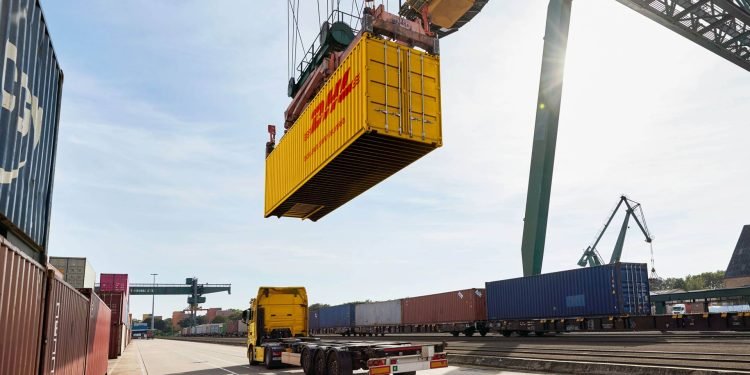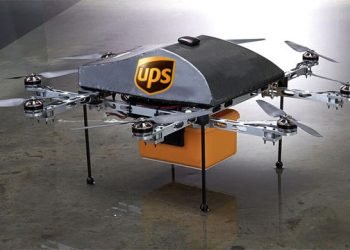By Maria Kalamatas | May 16, 2025
Brussels —
The numbers say one thing. The roads say another.
Across Europe, policymakers are pushing for a major modal shift—from road to rail. It’s part of the continent’s decarbonization agenda. And on paper, it’s working: more subsidies, more rail freight capacity, and new cross-border links under construction.
But in practice? Truck traffic isn’t going away.
“We’re moving more by train, yes,” said a logistics coordinator in Belgium. “But clients still want the speed and control they get from road.”
In countries like France, Germany, and the Netherlands, the rail infrastructure is solid. But the modal split remains tilted heavily in favor of trucking, especially for short and mid-range deliveries. The reasons are familiar: flexibility, responsiveness, fewer transfers.
Efforts to reverse that are well underway. Some governments are increasing access to freight terminals, reducing track access charges, and investing in smart timetabling to improve reliability.
Yet many logistics providers remain cautious. Their margins are tight. Their routes are complex. And rail—even when subsidized—still requires longer lead times, fixed schedules, and more coordination.
Meanwhile, emissions targets are creeping closer.
The pressure is building not only on governments, but on freight operators who now must prove sustainability performance in tender bids. That’s pushing some toward hybrid solutions: rail for trunk movement, trucks for precision delivery, and digital coordination platforms to tie it together.
The result is a patchwork—improving, but uneven.
Europe’s vision for greener freight isn’t out of reach. But in 2025, it’s still bumping into the same roadblocks: habits, cost, and time.
And for now, the highway remains as crowded as ever.























